Good Fences Make Good Neighbors; “Spite Fences” Make Litigants

Throughout English common law history, property disputes have existed. One of the simplest ways of establishing boundaries of property was the construction of a fence. This has even led to the expression, “good fences make good neighbors.” Spite fences, on the other hand, will lead to a courtroom.
What is a “spite fence”? California Civil Code § 841.4 defines a spite fence as:
Any fence or other structure in the nature of a fence unnecessarily exceeding 10 feet in height maliciously erected or maintained for the purpose of annoying the owner or occupant of adjoining property is a private nuisance. Any owner or occupant of adjoining property injured either in his comfort or the enjoyment of his estate by such nuisance may enforce the remedies against its continuance prescribed in Title 3, Part 3, Division 4 of this code.
Examining this, we see two elements of “Spite Fences”: (1) fences erected in excess of 10 feet in height and (2) maliciously erected or maintained to annoy a neighbor. If these categories are met, then the victim of the intended annoyance may have a legal remedy.
As far as the height of a fence is concerned, most municipalities in the State of California limit residential fences to a height of about 6 feet. Some areas will allow for slightly higher residential fences. Commercial fences are generally allowed to be higher than their residential counterparts. Commercial fences are also usually allowed to have two extra feet of height if those are barbed wire. This means that if a neighbor erects a 10 foot plus fence on their residential property, it will undoubtedly meet the dimensional parameters of a “spite fence.”
What is arguably more interesting under the law are fences erected with malicious intent to annoy a neighbor. In this category, a “fence” can actually be much more than a fence in its common terms. Under these terms, a fence can actually be any practical barrier so long as it is maliciously constructed or maintained to annoy one’s neighbor. A classic example of this can be found in Wilson v. Handley (2002) 97 Cal.App.4th 1301, 1305. In Wilson, Mr. Wilson began construction on a two-story log cabin. This did not sit well with the Handleys, who planted a row of evergreen trees on their property line for the purpose of blocking Mr. Wilson’s view of Mt. Shasta. Ultimately, the court determined that a row of trees, planted and maintained, were a “structure” that met the legal requirement of a “fence” under California Civil Code § 841.4.
About a decade after Wilson, the situation repeated itself in Vanderpol v. Starr (2011) 194 Cal.App.4th 385. Here, the Starrs maintained a row of trees blocking the Vanderpol’s ocean view. The trees were determined to be “a structure” constituting a “spite fence”; however, the issue of injury could not be determined. Although it can be concluded that maliciously not pruning a row of trees could create liability, a neighboring authority has held that even a single tree planted with malicious intent could be enough. MJD Props. LLC v. Haley, 189 Wn. App. 963, 358 P.3d 476, 482 (Wash. Ct. App. 2015). Applying this logic, any applicable boundary designed as a means of targeting a neighbor could potentially be determined as a “spite fence”.
If you are the victim of a neighbor’s malicious construction of a “spite fence”, let the knowledgeable staff and attorneys at Dias Law Firm, Inc. assist with you. Call us today for a consultation.
By: Dustin J. Moses, Certified Law Clerk

For the general public: This Blog/Web Site is made available by the law firm publisher, Dias Law Firm, Inc., for educational purposes. It provides general information and a general understanding of the law, but does not provide specific legal advice. By using this site, commenting on posts, or sending inquiries through the site or contact email, you confirm that there is no attorney-client relationship between you and the Blog/Web Site publisher. The Blog/Web Site should not be used as a substitute for competent legal advice from a licensed attorney in your jurisdiction.
For attorneys: This Blog/Web Site is informational in nature and is not a substitute for legal research or a consultation on specific matters pertaining to your clients. Due to the dynamic nature of legal doctrines, what might be accurate one day may be inaccurate the next. As such, the contents of this blog must not be relied upon as a basis for arguments to a court or for your advice to clients without, again, further research or a consultation with our professionals.
Photo 151065637 / Neighbors © Dmytro Zinkevych | Dreamstime.com

